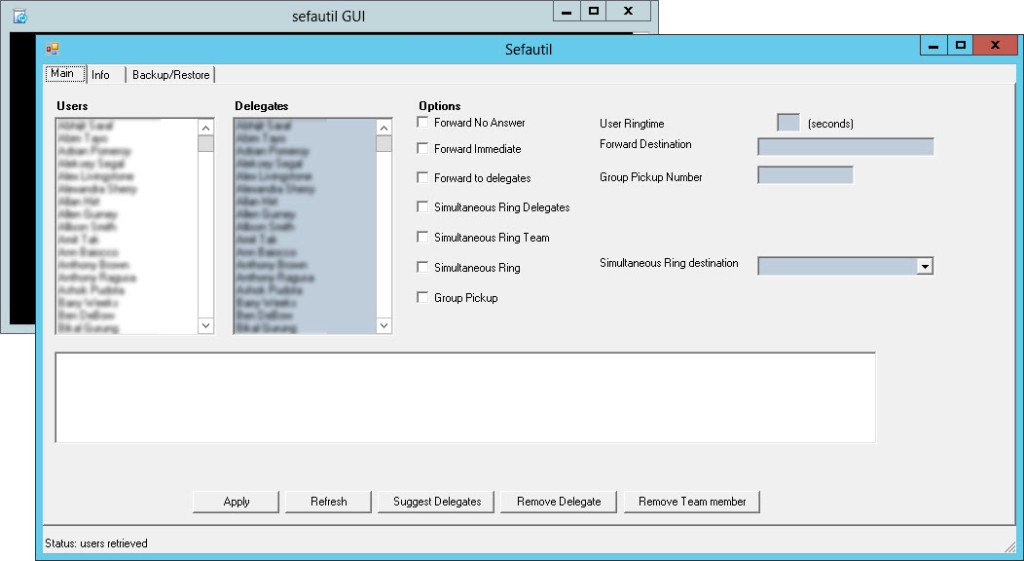One Liner: Set-TaskbarGrouping – Configure Desktop Taskbar Grouping
In One Liner: Configuring Shutdown Tracker in Windows Server I mentioned that it’s often preferable to quickly configure some server settings when building servers. As a consultant, I like to set up my server profile when building servers in a manner that’s efficient and convenient for me. One thing that drives me completely insane is the default taskbar group setting. Taskbar grouping is how Windows groups common items together on the taskbar. By default, all similar items are lumped together, i.e. all Internet Explorer windows. So to go back to an IE window could take two mouse clicks instead of one. Let’s take a look at streamlining this configuration for Server 2012 and Server 2012 R2.
Taskbar grouping has three settings. The default “always combine” mentioned previously, “combine when taskbar full” which doesn’t start grouping until there are enough items to fill the taskbar, and my favorite, “never combine”. As you can probably guess, “never combine” doesn’t group taskbar items at all. Since I usually don’t have more than 4 or 5 apps open when building servers, this suits my style.
Just like the shutdown tracker, this setting is stored in the registry. A one liner for this would look like this:
Set-ItemProperty -Path 'HKCU:\Software\Microsoft\Windows\CurrentVersion\Explorer\Advanced' -Name TaskbarGlomLevel -Value 0
0 is the value for “always combine”, 1 for “combine when taskbar full” and 2 for “never combine”. In order for the setting to take effect, one of two things has to happen. Either log off/restart, or restart the explorer.exe process. The later can be performed by running the following:
Stop-Process -ProcessName explorer -force
If you’d like to use a function for this, we can use something like the code below in our server build script:
function Set-TaskbarGrouping {
[CmdletBinding(SupportsShouldProcess, SupportsPaging, DefaultParameterSetName = 'NeverCombine')]
param(
# Always combines similar shortcuts into groups
[Parameter(ValueFromPipelineByPropertyName, ParameterSetName = 'AlwaysCombine')]
[switch] $AlwaysCombine,
# Combines similar shortcuts into groups only when the taskbar is full
[Parameter(ValueFromPipelineByPropertyName, ParameterSetName = 'CombineWhenTaskbarFull')]
[switch] $CombineWhenTaskbarFull,
# Never combines similar shortcuts into groups
[Parameter(ValueFromPipelineByPropertyName, ParameterSetName = 'NeverCombine')]
[switch] $NeverCombine,
# Restarts explorer in order for the grouping setting to immediately take effect. If not specified, the change will take effect after the computer is restarted
[switch] $NoReboot
)
switch ($PsCmdlet.ParameterSetName) {
'AlwaysCombine' {
Set-ItemProperty -Path 'HKCU:\Software\Microsoft\Windows\CurrentVersion\Explorer\Advanced' -Name TaskbarGlomLevel -Value 0
}
'CombineWhenTaskbarFull' {
Set-ItemProperty -Path 'HKCU:\Software\Microsoft\Windows\CurrentVersion\Explorer\Advanced' -Name TaskbarGlomLevel -Value 1
}
'NeverCombine' {
Set-ItemProperty -Path 'HKCU:\Software\Microsoft\Windows\CurrentVersion\Explorer\Advanced' -Name TaskbarGlomLevel -Value 2
}
}
if ($NoReboot){
Stop-Process -Name explorer -Force
}else{
Write-Verbose -Message 'Change will take effect after the computer is restarted'
}
} # end function Set-TaskbarGrouping
I use parameter set names so that only one of the parameters can be used when the function is called. The three options are “NeverCombine” “CombineWhenTaskbarFull” and “AlwaysCombine”. But since I define the parameters in a param block, you get tab completion. So no need to even remember the options. For example:
Set-TaskbarGrouping -NeverCombine
If you also include the -NoReboot parameter when calling the function, it will restart explorer.exe to avoid the need to log off/restart.








Follow Me